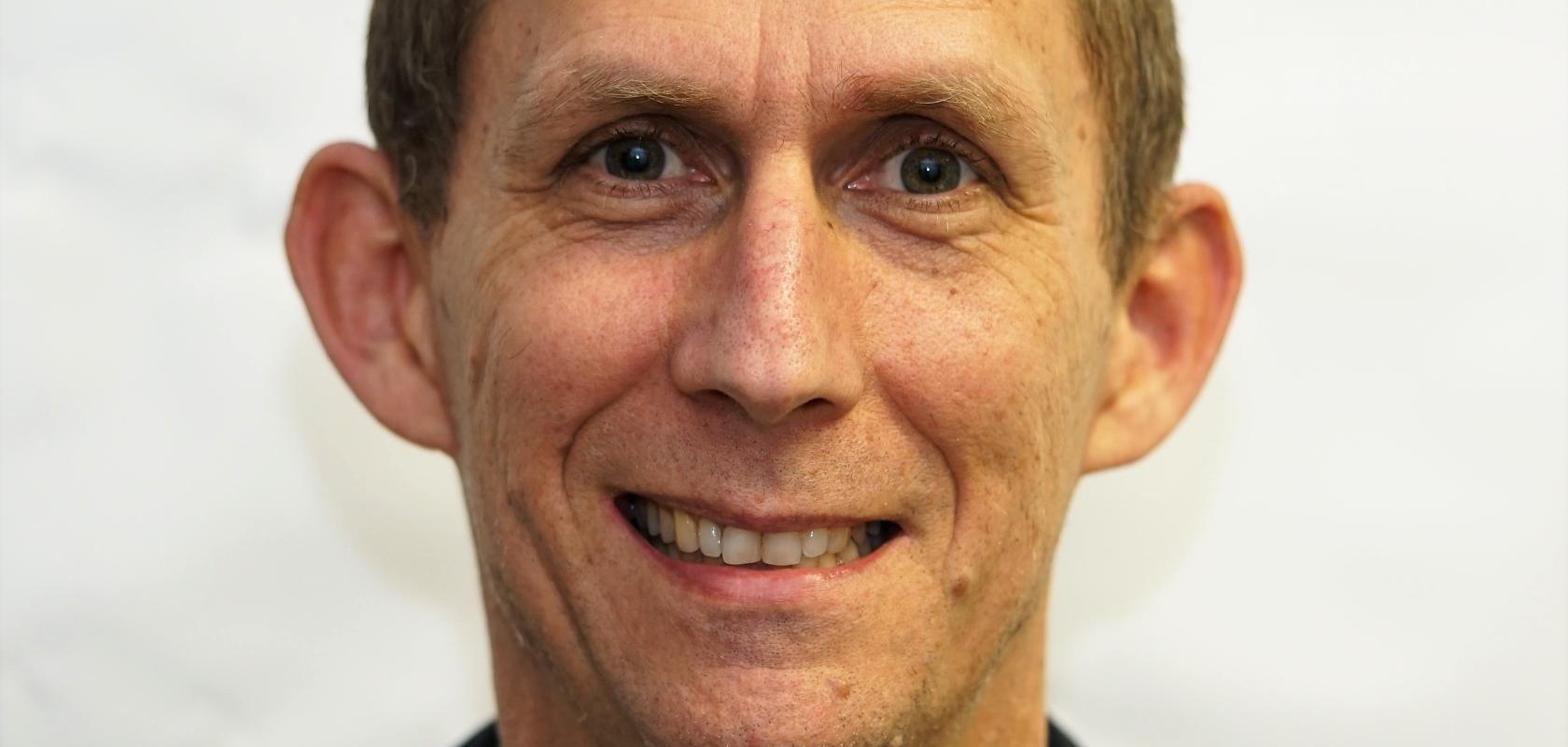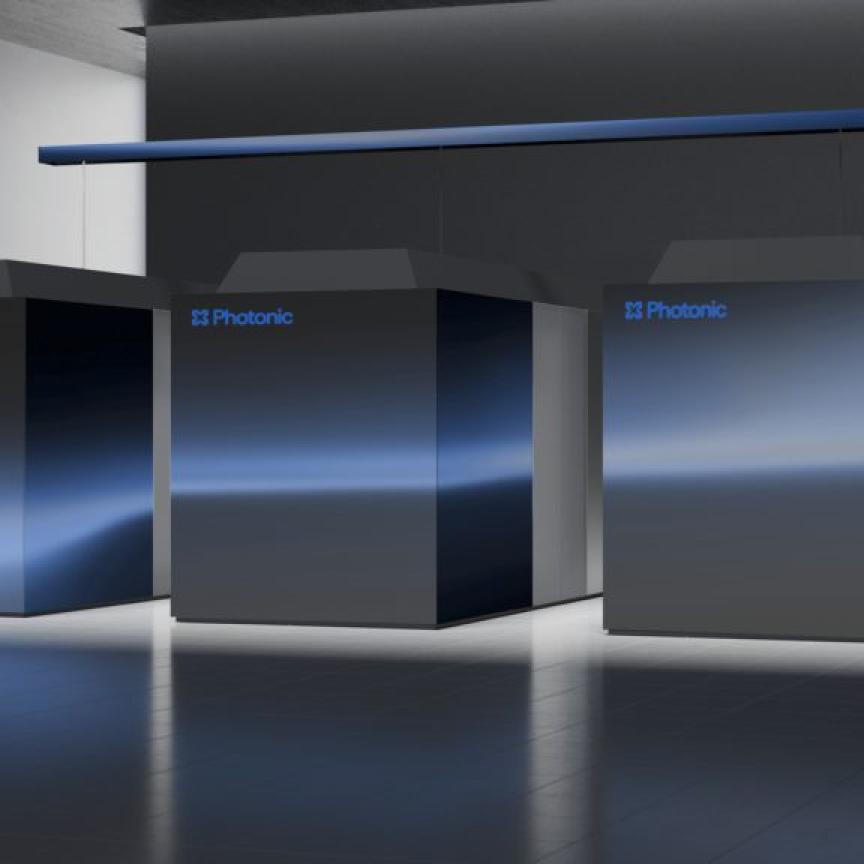Manuel Steidle discusses the potential for collaboration between Brazilian and international photonics organisations
With continental dimensions and a population of more than 200 million inhabitants, Brazil is an emerging economy with prominence in agroindustry, mining, manufacturing and laser services. As the eighth largest economy in the world, its high-tech sectors have driven advances in informatics, energy, aerospace, telecommunications and automotive.
The Brazilian Mascheroni study published last year identified 307 manufacturers of photonic solutions in Brazil and 6,528 service providers. Supported by 678 research groups and 5,234 professionals working in photonics, together with these companies there is a good basis for co-operation and development.
Aligned with the world’s digital transformation trend, the country is making strides towards industry 4.0, and has a thriving environment for entrepreneurship and new business formation.
Because the semiconductor, optics, micromanufacturing and photonics industries in Brazil are relatively young, there are less industrial traditions and therefore the integration of products and systems – with an emphasis on the development of systems, software and services – is easier. But despite policies favourable for the unification of the electronics supply chain, it has not yet been possible to establish a competitive semiconductor foundry in the country.
Although there are no such advanced manufacturing facilities, nor an established ecosystem of photonics firms, Brazil has a well-established scientific-technical field, highly active in the global research.
Because the semiconductor, optics, micromanufacturing and photonics industries in Brazil are relatively young, there are less industrial traditions and therefore the integration of products and systems is easier
Therefore there are excellent opportunities for organisations in mature electronics and photonics markets to supply the Brazilian high-tech segment with key components that could enable solutions and products. Well-established providers of optoelectronic products can count on local companies’ expertise to integrate solutions, penetrate new markets and access high-tech universities and research centres.
An example is that laser machine providers have built up reliable, competitive suppliers of industrial equipment, despite there not being any manufacturer of high-power lasers or components in Brazil.
According to the Mascheroni report, there are 40 national companies in the laser area within research and development, working with more than 50 international players.
Brazil’s laser sector has become competitive in the global market mainly because of companies adopting laser technology in place of CNC machines – for their ability to increase efficiency in industrial applications, process a wider variety of materials and provide services. Local research centres in automation, software and development of new processes and materials for 3D printing have been completing this knowledge of photonics and laser, enabling high value-added solutions.
For successful cases, such as the Brazilian laser processing market, it is important to have good technological and commercial expertise, along with effective international technical-economic co-operation with suppliers and clusters of excellence.
The model ‘two plus two’ is understood as one of the best innovation mechanisms, where companies and research centres are working in collaboration. In this model, the technical competences and R&D centres of the participating countries are added to the partnerships and trade agreements between international and Brazilian companies.
The Berlin-Santa Catarina Photonics programme resulted in 10 product development plans – five of which received financing for technical and economic feasibility studies
In Brazil, these international programmes are encouraged by the Ministry of Development and Industry, and the Ministry of Science and Technology, along with Brazilian innovation agencies such as EmbrapII. In co-operation with Israel and Germany, Brazil has taken part in innovation programmes, which resulted in the development of laser solutions like the ones mentioned.
An important example of international co-operation is the Berlin-Santa Catarina Photonics programme, from 2014 to 2018. Photonics development was organised with the support of the Berlin government and its partner, Santa Catarina state in Brazil. It enabled visits to research centres and collaboration between photonics companies. The programme resulted in 10 product development plans – five of which received financing for technical and economic feasibility studies from the research and innovation agency of Santa Catarina/Fapesc. On the German side, the initiative was supported by the Berlin Senate, Development Agency Berlin-Partner and OpTecBB under the Phoenix programme. The Santa Catarina side of this programme was made by the CERTI Foundation.
Continuing to support initiatives promoting technological, scientific and innovation development, the Brazilian Society of Photonics SBFoton has been promoting annual international congresses. The thematic groups of the society are segmented according to the area of optical communication, lasers, integrated and optoelectronic photonics, optics and instrumentation, biophotonics, sensors, image and lighting.
The theme of the next annual congress of SBFoton is Keep on Shining. It aims to open up the opportunity to interact with the Brazilian photonics ecosystem from 31 May to 2 June next year in São Carlos, Brazil. You are most welcome to attend!


